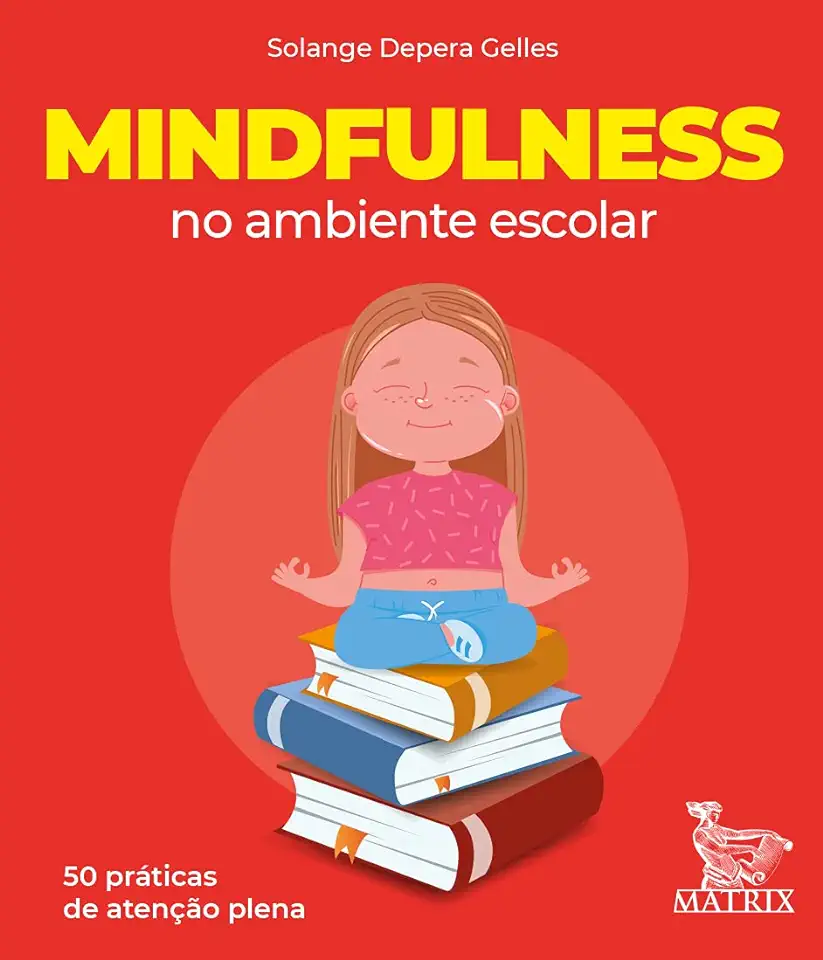
Mindfulness in the School Environment - Depera Gelles, Solange
Mindfulness in the School Environment: A Guide for Educators
Introduction
Mindfulness is the practice of paying attention to the present moment, without judgment. It has been shown to have a number of benefits for students, including improved academic performance, reduced stress and anxiety, and increased social and emotional well-being.
What is Mindfulness?
Mindfulness is a type of meditation that involves intentionally paying attention to the present moment, without judgment. It can be practiced for a few minutes each day, or for longer periods of time. There are many different ways to practice mindfulness, but some common techniques include:
- Body scan: This involves focusing on different parts of the body, one at a time, and noticing any sensations that arise.
- Breath awareness: This involves paying attention to the breath, as it comes in and out of the body.
- Walking meditation: This involves walking slowly and mindfully, paying attention to the sensations of the body and the environment.
Benefits of Mindfulness for Students
Mindfulness has been shown to have a number of benefits for students, including:
- Improved academic performance: Mindfulness can help students to improve their attention and focus, which can lead to better academic performance.
- Reduced stress and anxiety: Mindfulness can help students to manage stress and anxiety, which can interfere with learning.
- Increased social and emotional well-being: Mindfulness can help students to develop greater self-awareness and compassion, and to improve their relationships with others.
How to Integrate Mindfulness into the School Environment
There are many ways to integrate mindfulness into the school environment. Some simple ways to get started include:
- Start the day with a mindfulness practice: This can help students to set a positive tone for the day and to reduce stress.
- Incorporate mindfulness into the curriculum: Mindfulness can be integrated into a variety of subjects, such as math, science, and social studies.
- Offer mindfulness workshops or classes: This can give students the opportunity to learn more about mindfulness and to practice it on a regular basis.
Conclusion
Mindfulness is a powerful tool that can help students to improve their academic performance, reduce stress and anxiety, and increase their social and emotional well-being. By integrating mindfulness into the school environment, we can help students to thrive.
Call to Action
If you are an educator, I encourage you to learn more about mindfulness and how to integrate it into your school environment. There are many resources available to help you get started, such as books, articles, and websites. You can also find mindfulness workshops and classes in your area.
Mindfulness is a simple but powerful practice that can have a profound impact on the lives of students. By bringing mindfulness into the school environment, we can help students to learn and grow in a healthy and sustainable way.